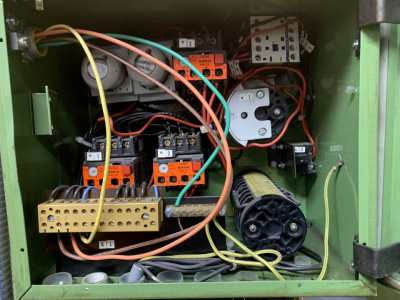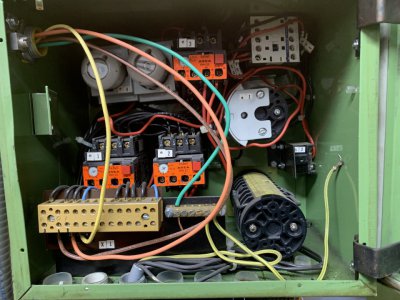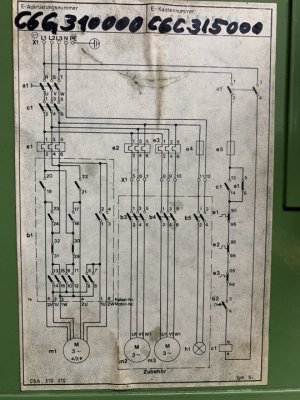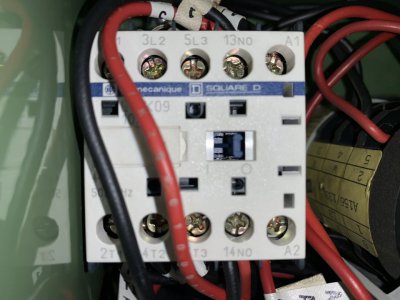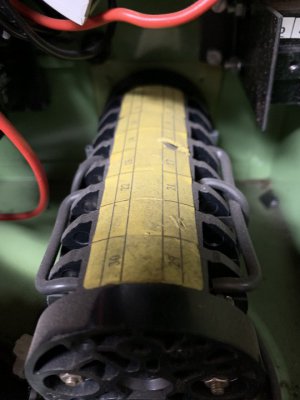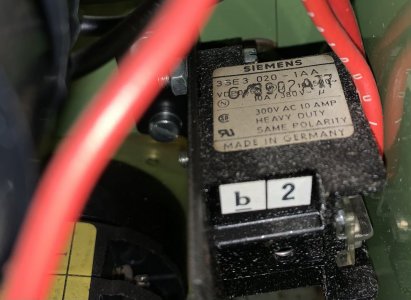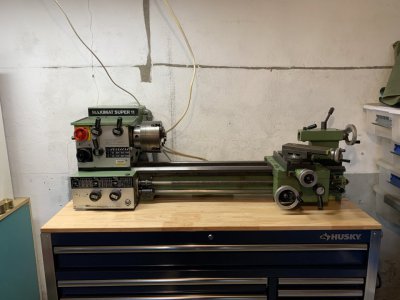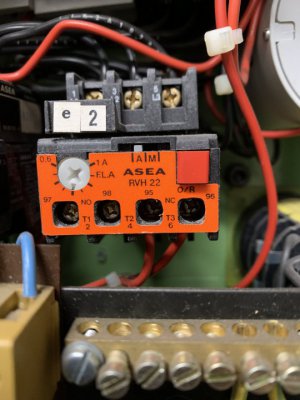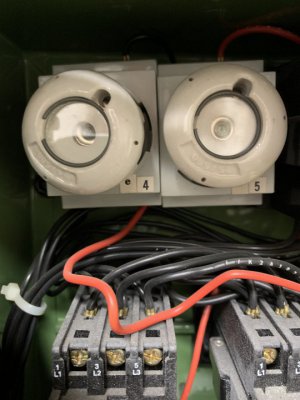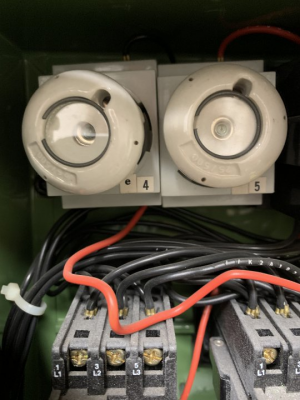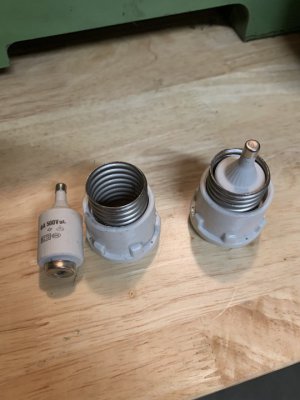You should use flexible stranded wire, I would not recommend solid wire in a vibration environment. You also do not want loose cables between the motor and the enclosure, a single electrical cable is easier then flexible conduit with separate wires. The motor electrical boxes are typically removable, they have screws go into the motor body. Just be aware that the NEMA 1 VFD's are open for cooling so you do not want chips falling in from the top. If you mount it on the side, I would put a chip shield 2-3" above the VFD.


